The Stations of the Cross
The Stations of the Cross (or Way of the Cross; in Latin, Via Crucis; also called the Via Dolorosa or Way of Sorrows, or simply, The Way) refers to the depiction of the final hours (or Passion) of Jesus, and the devotion commemorating the Passion. The tradition exists in Roman Catholicism, Anglican, and Lutheranism. It may be done at any time, but is most commonly done during the Season of Lent, especially on Good Friday and on Friday evenings during Lent.
The object of the Stations is to help the faithful to make a spiritual pilgrimage of prayer to the chief scenes of Christ's sufferings and death, and this has become one of the most popular devotions for Roman Catholics and Eastern Orthodox (but only those of the Western Rite).
The Stations themselves are usually a series of 14 pictures or sculptures depicting the following scenes:
Station 1: Jesus is Condemned to Death
Station 2: Jesus Receives His Cross
Station 3: Jesus Falls for the First Time
Station 4: Jesus Meets His Mother
Station 5: Simon of Cyrene Carries the Cross
Station 6: Veronica Wipes Jesus's Face with Her Veil
Station 7: Jesus Falls for the Second Time
Station 8: Jesus Meets the Women of Jerusalem
Station 9: Jesus Falls for the Third Time
Station 10: Jesus is Stripped of His Garments
Station 11: Crucifixion: Jesus is Nailed to the Cross
Station 12: Jesus Dies on the Cross
Station 13: Jesus's Body is Removed from the Cross (Pieta)
Station 14: Jesus is Laid in the Tomb
Easter: Jesus Raises from the Dead
These statues can be found at Sacred Heart Cathedral in Kota Kinabalu where statues of the Stations of the Cross were constructed in the compund of the Cathedral through the donations and effort of the parishoners so that Christ's Passion can be told. Prayers are held at each station throughout Lent before the Good Friday and Easter Celebrations.

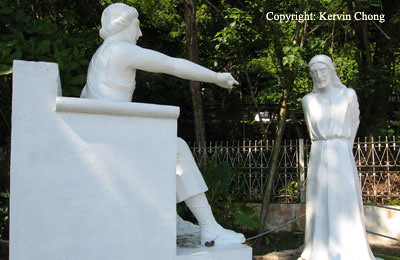
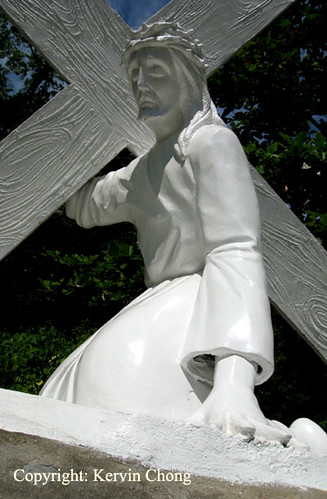
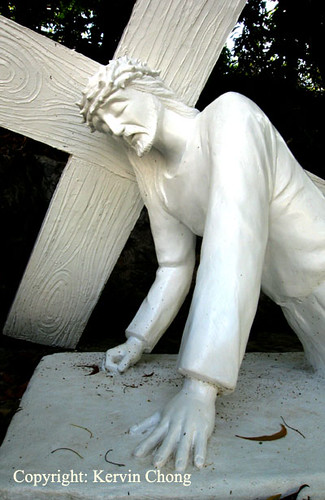
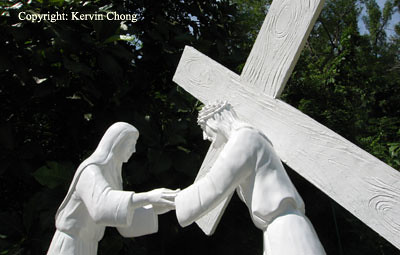


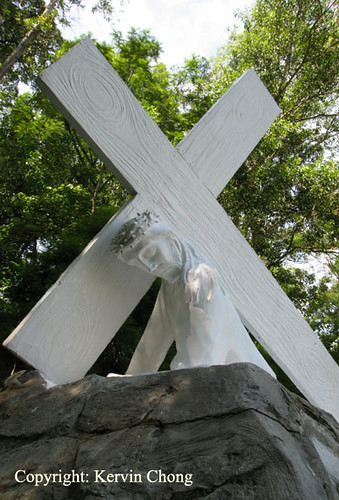

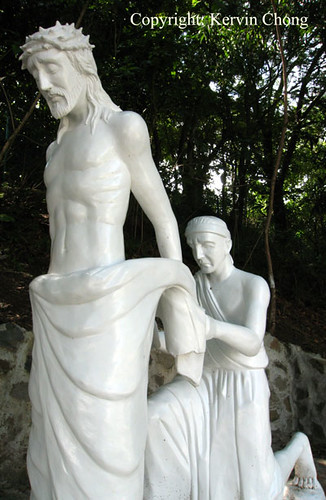
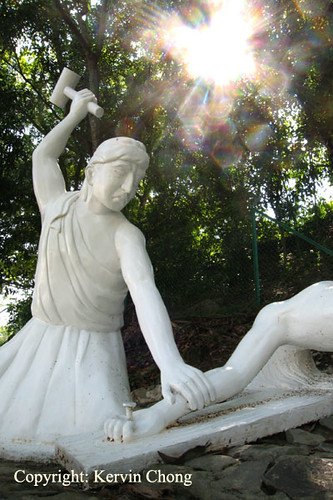
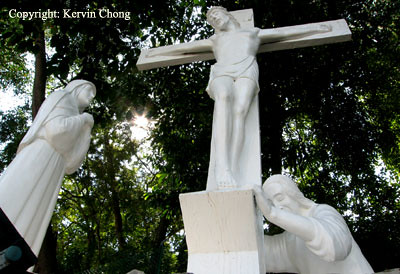
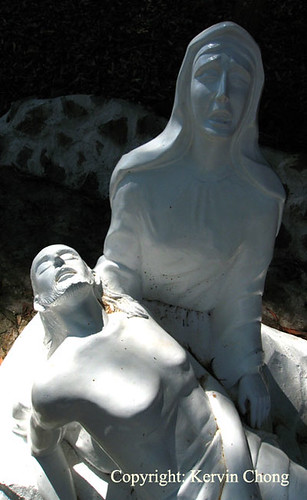
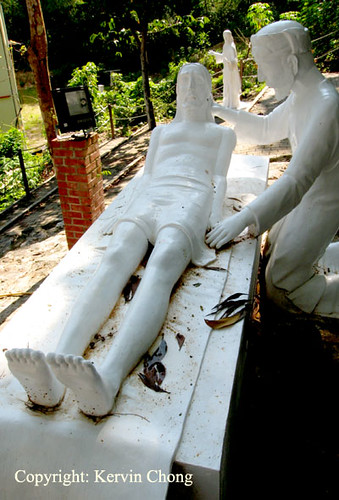
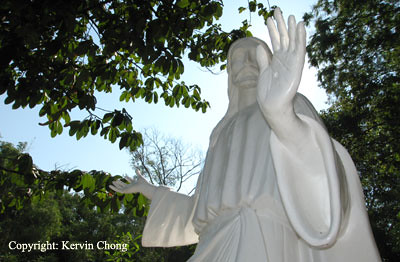


1 comment:
Oh, I never knew that this was in KK! O___O!
Post a Comment